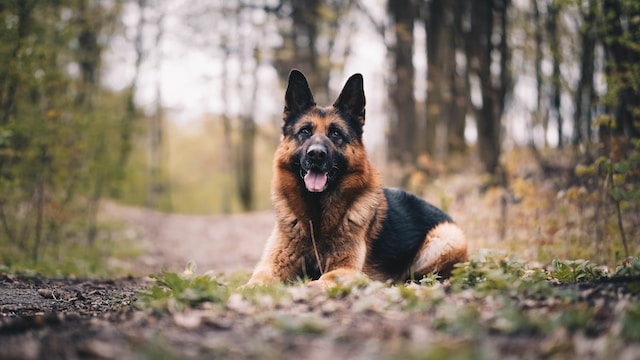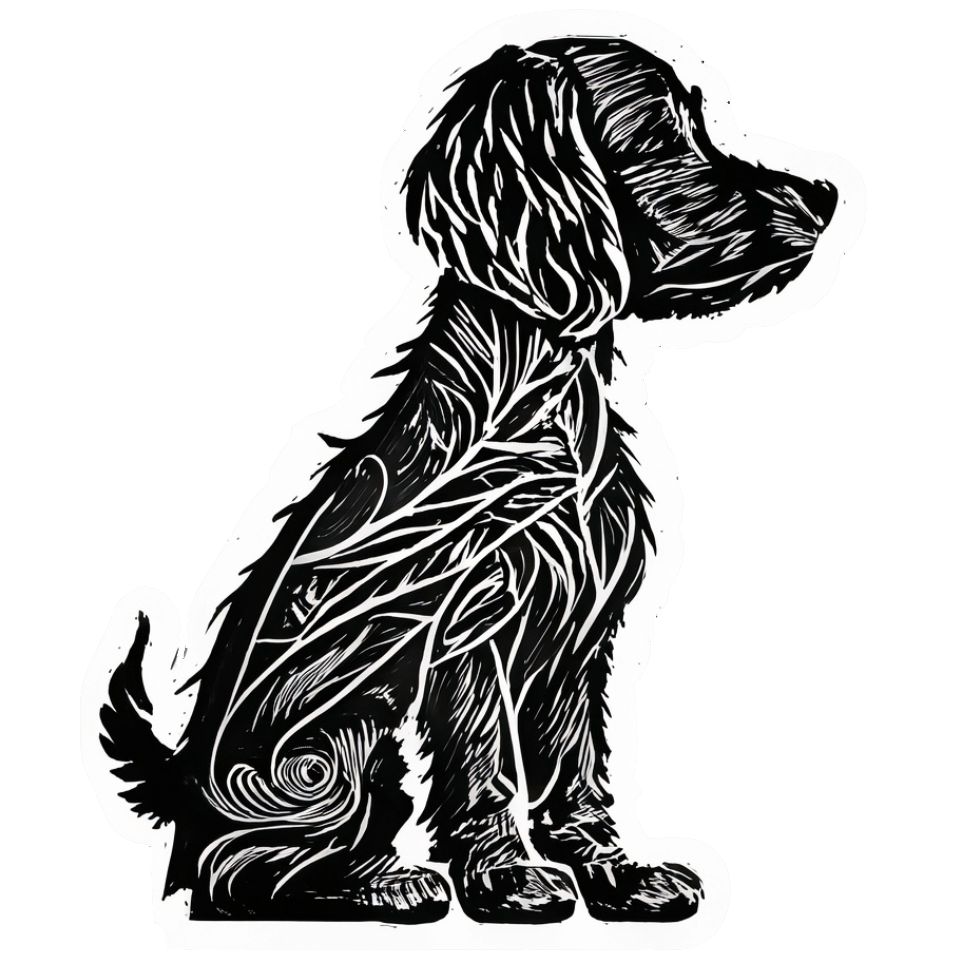Charting the Evolutionary Path from Wild Wolves to Domestic Dogs

The domestication of dogs is a captivating tale that spans thousands of years, intertwining the destinies of humans and wolves. This article offers a chronological exploration of the pivotal moments and phases that have shaped the domestication timeline, leading to the birth of our cherished canine companions.
The Pre-Domestication Era: 100,000 – 40,000 Years Ago
- Wild Beginnings: Before any hint of domestication, wolves roamed vast landscapes, living in packs and hunting to survive.
- First Encounters: As early humans began to form settlements, they inevitably crossed paths with these wild creatures, setting the stage for a relationship that would change the course of history.
The Dawn of Domestication: 40,000 – 20,000 Years Ago
- Mutual Benefits: Some wolves, driven by curiosity and hunger, ventured closer to human camps. In return for food scraps, these wolves offered protection and assistance in hunting.
- Genetic Divergence: Over time, the wolves that frequently interacted with humans began to genetically diverge from their wild counterparts, marking the early stages of domestication.
Proto-Dogs Emerge: 20,000 – 15,000 Years Ago
- Physical Changes: As humans selectively bred wolves for specific traits, noticeable changes began to appear. These early domesticated wolves, or “proto-dogs,” had more docile temperaments and varied physical characteristics.
- Role Expansion: Beyond mere scavengers, proto-dogs started playing active roles in human societies, aiding in tasks like herding and guarding.
The Birth of Breeds: 15,000 – 5,000 Years Ago
- Geographical Spread: As humans migrated across continents, they took their proto-dogs with them. Different environments and needs led to the development of distinct breeds.
- Specialization: Dogs were bred for specific roles, from hunting and herding to companionship. This period saw the emergence of early breed categories, each suited to its unique purpose.
Modern Breeds and Recognition: 5,000 Years Ago – Present
- Breed Diversification: The last 5,000 years have witnessed an explosion in the number of dog breeds, driven by aesthetics, function, and human preferences.
- Formal Recognition: With the rise of dog breeding enthusiasts and organizations in the 19th and 20th centuries, formal breed standards and classifications were established, leading to the recognition of the diverse breeds we know today.
The domestication timeline of dogs is a testament to the enduring bond between humans and canines. From the wild terrains where wolves reigned supreme to the cozy living rooms where dogs are pampered, this journey reflects the power of evolution, adaptation, and human influence. As we look at our furry friends today, it’s awe-inspiring to think of the millennia of history, challenges, and evolution that have brought us to this moment.
